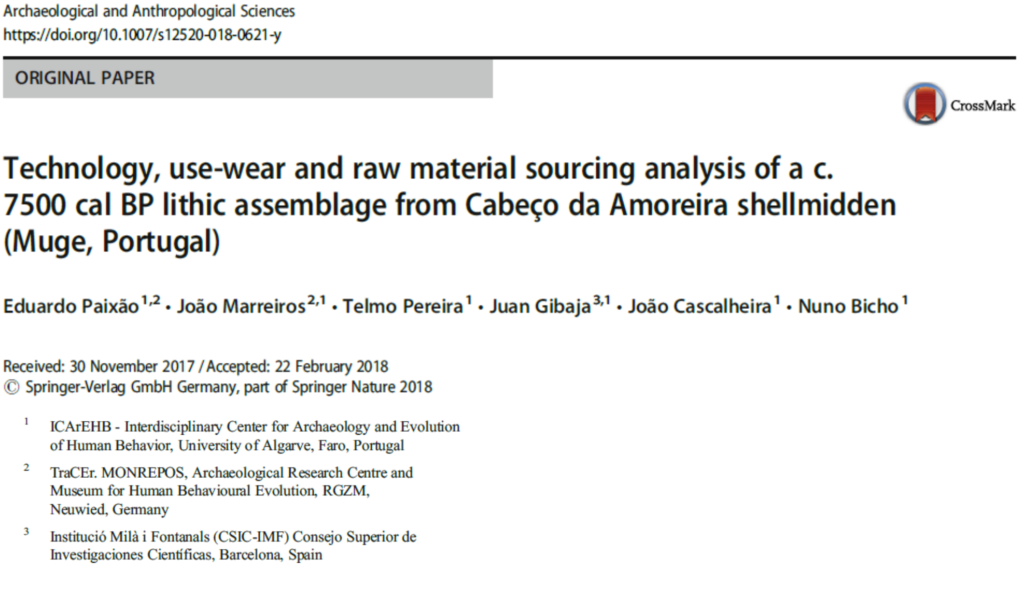Technology, use-wear and raw material sourcing analysis of a c. 7500 cal BP lithic assemblage from Cabeço da Amoreira shellmidden (Muge, Portugal)
Abstract: The onset of the Holocene is marked by new human ecological adaptations that are associated with the origins of the Mesolithic in the Atlantic Iberia coast. During the Mesolithic, shellmidden deposits become one of the most relevant and interesting prehistoric archeological contexts, interpreted has the result of intensive human ecological exploitation, and marked by […]


